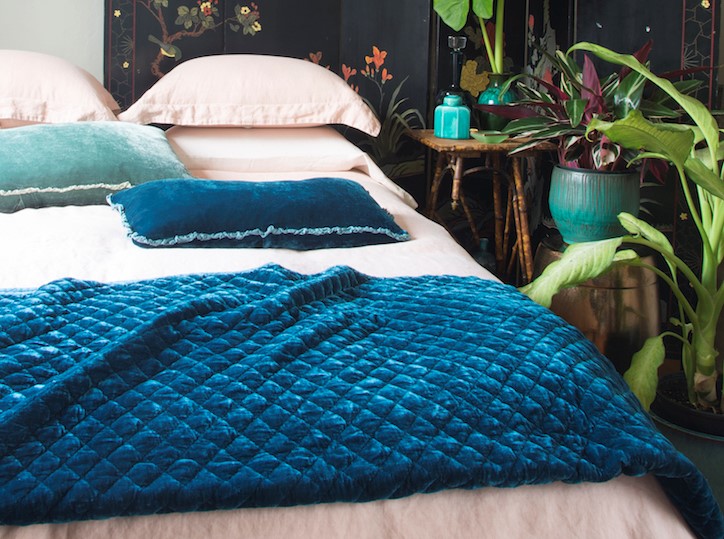One winning solution suggests a flexible and personal ourgdoor berm that’s covered in silk and rockwool, then seeded with rye grass like a Chia Pet.
“Simply mist the ductile, bean-bag like PapaStone with nutrient rich water and watch it grow!” the entry’s eager ad-copy chirps. “Within weeks you’ll have a grassy knoll to rest your head.”
Another, the Jetty Repose, suggests a stone object at ocean’s edge where fishermen might sit at low tide and where birds and fish can rest when the water rises. “From dawn until dusk, the sounds and movement of the ocean coexisting with the stone provide respite for all who encounter the structure,” its designer coos.
And for those experiencing some of this modern life’s more uncertain moments, there’s the Social Safety Net. “When life gives you lemons, make lemonade,” its progenitor urges. “When life gives you four orthogonally arranged trees, suspend a net between them and fill it with cushions and people.”
Those are three of the five honorable mentions in Kohn Pedersen Fox’s (KPF) first-ever Design Cloud. The worldwide charrette, soon to be held quarterly, engaged KPF employees in six offices all at once and resulted in multiple entries from New York, Shanghai, Abu Dhabi, London, Hong Kong and Seoul. There was no single winner, because as KPF Director Hana Kassem says, the firm wanted to keep it “competitive but constructive.” (Still, a resourceful New York office, with half of the firm’s 600 employees, managed to win all five honorable mentions).
The assignment was open and specific at once. The idea was to create a medium-scaled piece – furniture, artwork or living space – for rest and relaxation. After an initial briefing online, staffers had one week to develop a design. Jurors and designers then were able to review and comment through the KPF DesignCloud website.
Judges included architects Antonio Citterio and Eulho Suh, Wordsearch Chairman Peter Murray, Moooi Managing Director Jan Willem Poels, and William Menking, founder and editor of The Architect’s Newspaper.
“For an office that stresses the importance of innovative design at an urban scale, it’s crucial for us to remember how architecture begins, by solving problems as small as a chair, doorknob, or light fixture,” says KPF principal Jamie van Klemperer, who chaired the charrette with principal Paul Katz. “It’s immediate, it’s fun, and it produces unexpected results.”
Judging from the quality of each of the 60 entries, it’s hard to argue with that.
To see them all, go to http://designcloud.kpf.com/entries.php
[slideshow id=809]

